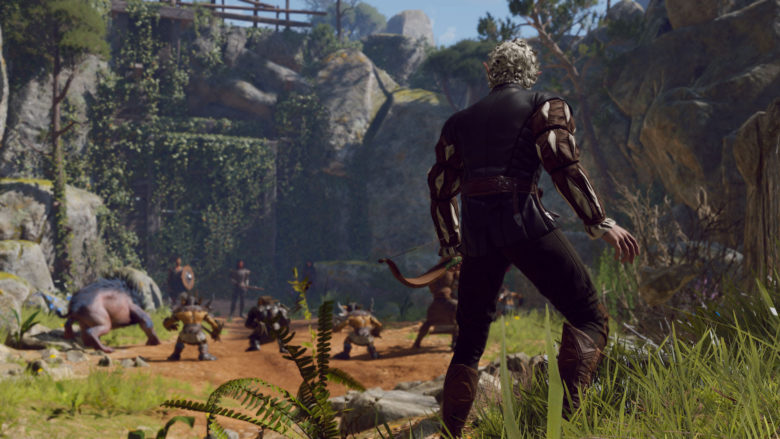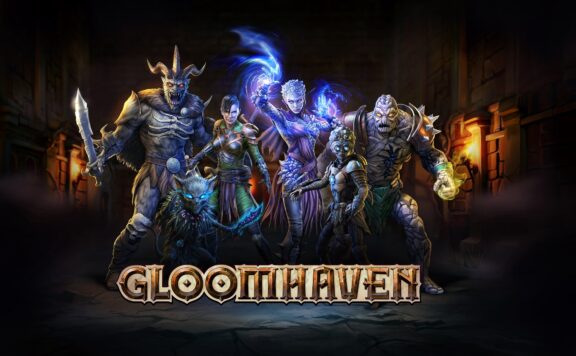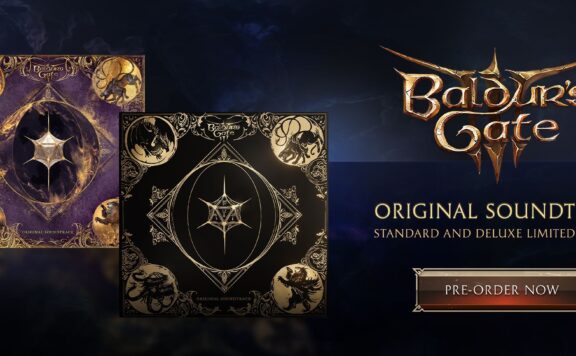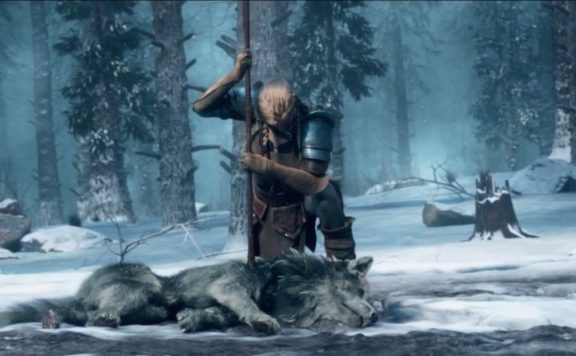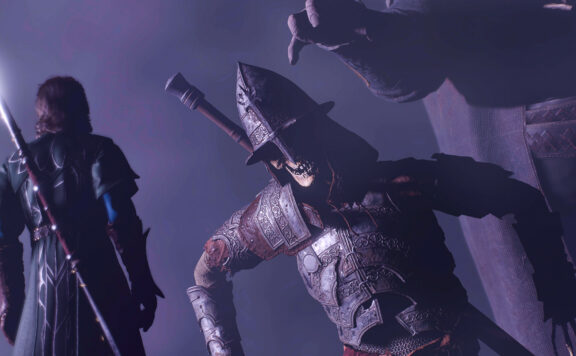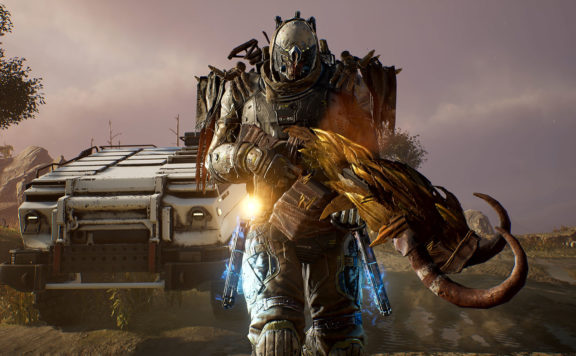The last two projects of Larian Studios have won over the hears and minds of cRPG lovers despite one of them only recently hitting Steam Early Access. Baldur’s Gate III is on everyone’s mind and, by the virtue of its popularity, Divinity: Original Sin 2 is sliding back into charts.
However, besides being fantasy party-based cRPG, how similar or different are the two games? Are you someone who finished DOS2 but didn’t give BGIII a chance yet, awaiting the full release? Or has BGIII taken over your life and you are not yet ready to let go but exhausted all the content of EA and are unsure of DOS2? Have you not tried either one? Then this article is for you.
Similarities:
Turn-based combat
Unlike many cRPGs such as Tyranny, Pillars of Eternity, Pathfinder: Kingmaker and old school BG titles that use real-time with pause, both Baldur’s Gate III and Divinity: Original Sin 2 utilize turn-based combat. The order of characters in battle will be decided by their Initiative/Speed value.
In a very Larian-like fashion, both games reward careful planning and awareness while punishing hastiness. With turn-based combat, you don’t have to constantly pause the game to re-evaluate how the battlefield has changed.
Environmental hell
It wouldn’t be a Larian game if you couldn’t set the world on fire. Both games feature cleverly scattered barrels of oil, poison, water, etc. that you can utilize in your combat – in addition to the change of surface that you can create on your own. Burn the oil, freeze the water, and the outcome of a particular battle can change in a snap.
Thankfully, Baldur’s Gate III left behind the Cursed/Blessed mechanic. The encounter in the Blackpits scarred me for the rest of the DOS2 playthrough.
DOS2 & BGIII also heavily utilize vertical space. It provides a hefty bonus in Original Sin2 and is currently completely overpowered in Baldur’s Gate Early Access. Remember to always seek the high ground!
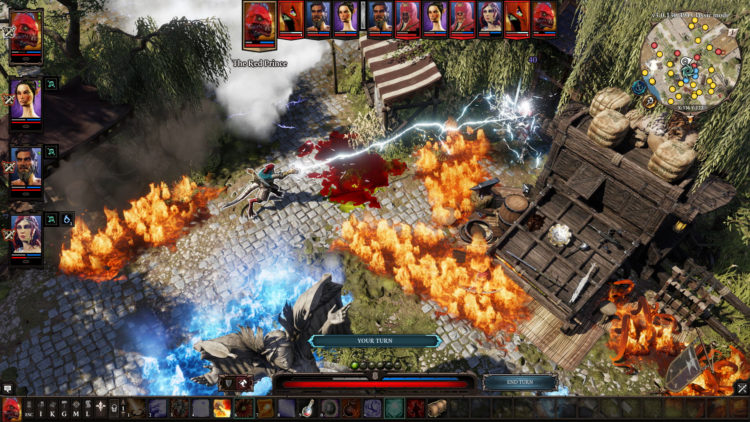
Crazy replayability & deep characters with romances
Divinity: Original Sin 2 offers players a large number of ways to approach various situations. There is even a half a dozen ways to leave Fort Joy, the area serving as a prologue of sorts and the introduction to the game.
So far it seems like Baldur’s Gate III intends to take replayability to the next level: your character’s race, class, stats and the fickle roll of the dice can make each playthrough very different from the previous one.
Adding to the previous point, both games feature a number of companions willing to join the player’s party. Each has some kind of deep-rooted secret and a personal quest spanning the length of the game.
You can only take up to three companions with you in a single-player game and even less so in a multiplayer one so choose carefully and and pick another party for the next playthrough! You know you will be back.
Last but not least, you can romance your companions!
Tag system + talking to animals and ghosts
The span of your dialogue in BGIII & DOS2 is decided by tags. In addition to the general options, you might have special ones brought by your Gender, Race, Class, Background (Noble, Criminal, Soldier, Scholar, etc.), stats, skills and more.
New tags can also be acquired through gameplay such as Hero in DOS2.
Of the particular interest is the ability to talk to animals. In Original Sin 2 it is provided passively by picking the Pet Pal tag while in Baldur’s Gate III it is an active skill that requires character’s Concentration and possibly a Spell Slot. So far BGIII does not seem to favor talking to animals quite as much as DOS2 but there are some interesting conversations, secrets or even new tasks unlocked that way.
Both games also feature ways to talk to the dead.
Unique “greater power”
Players and their companions can interact with the world and its inhabitants by using the special type of magic: Source in DOS2 & the Illithid powers of the tadpole in BGIII. Their applications differ, however.
Source allows players to Bless, talk to the dead and use a variety of deadly class-specific abilities.
Tadpole powers so far are used to snoop into companions’ thoughts or to push another infected creature to follow your will. However, the more you use it, the stronger it becomes, the more you CAN use it. I wonder where it all leads?..
You can play as custom or Origin character, alone or in co-op
Both games allow players an option to play as one of the pre-existing characters or create their own, choosing from a variety of races, classes and more.
Choosing different options for your OC or picking different Origins can lead to a vastly different gameplay due to the way the world reacts to your presents.
In the Early Access of BGIII, the combination of Drow + Ranger seems to be the king in terms of providing extra dialogue options and reactions!

Differences:
Companions being locked into their classes
When you meet your companions in Divinity: Original Sin 2 for the very first time, they provide you with an option to change their battle capabilities and choose a proficiency in weaponry or magic.
Unlike the DOS2 approach, the companions in Baldur’s Gate III are locked into their classes. It makes sense as for the lot present in the Early Access version, their classes define who they are as people and have an affect on their personal quest chains.
With the multiclass feature coming into BGIII later, it is possible players will still have a way to affect what exactly is being brought to the party by their companions.
Live and Die by the Roll of the Dice
Where in DOS2 it is enough to meet requirements to always succeed a check, BGIII will test you for skill as well as luck by having you roll the d20 dice.
The fickle nature of the dice can decide the outcome of an action or a dialogue and lead to vastly different results. Of course, you can always “save scum” and try re-rolling for a different result but where is fun in that?
That sense of unpredictability makes BGIII quite exciting.
Tightly limited actions in BGIII
As you level your Godwoken in DOS2, the game offers you increasing ways of interacting with the world and changing the way your character approaches battle. There are certain perks such as the restoration of Action Points (AP) on kill or free interaction with consumables, leading you to having lengthy turns if you plan out the battle in the right way.
Baldur’s Gate III is much more strict with the number of actions you get: one Action and one Bonus action only.
Speaking of the limitations, BGIII is also on guard of your usually very damaged HP points. Where in DOS2 you could use bedrolls, stuff food down the gullet or spam healing spells to restore your companions’ health, BGIII offers less opportunities to keep your characters healthy. Health potions are few in numbers, number of spells is limited by the spell slots per character. So prepare your party for some delicious calories to keep them afloat!
You can use long rest (returning to camp and sleeping the night away) to restore your party’s health and spell slots. Short rest offers replenishment of HP but does not restore spell slots.
Bonus actions/spell slots
This point is connected to the previous one.
Unlike DOS2 where the only limiting factors on casting a spell were your Memory Points to learn in, the actual action points in a given turn and the amount of Source for stronger abilities, BGIII also features spell slots. Spell slots are a replenishable resource that indicates a number of spells you can cast before requiring a long rest.
Baldur’s Gate III has three separate types: movement, bonus actions and actions. Bonus actions include Shoving, Jumping/Disengaging and trying to Knock someone out. Drinking a healing potion is also a bonus action. Healing Word requires bonus action + a spell slot.
Some abilities/spells require action point + bonus action point or action point + bonus action point + spell slot to be used.
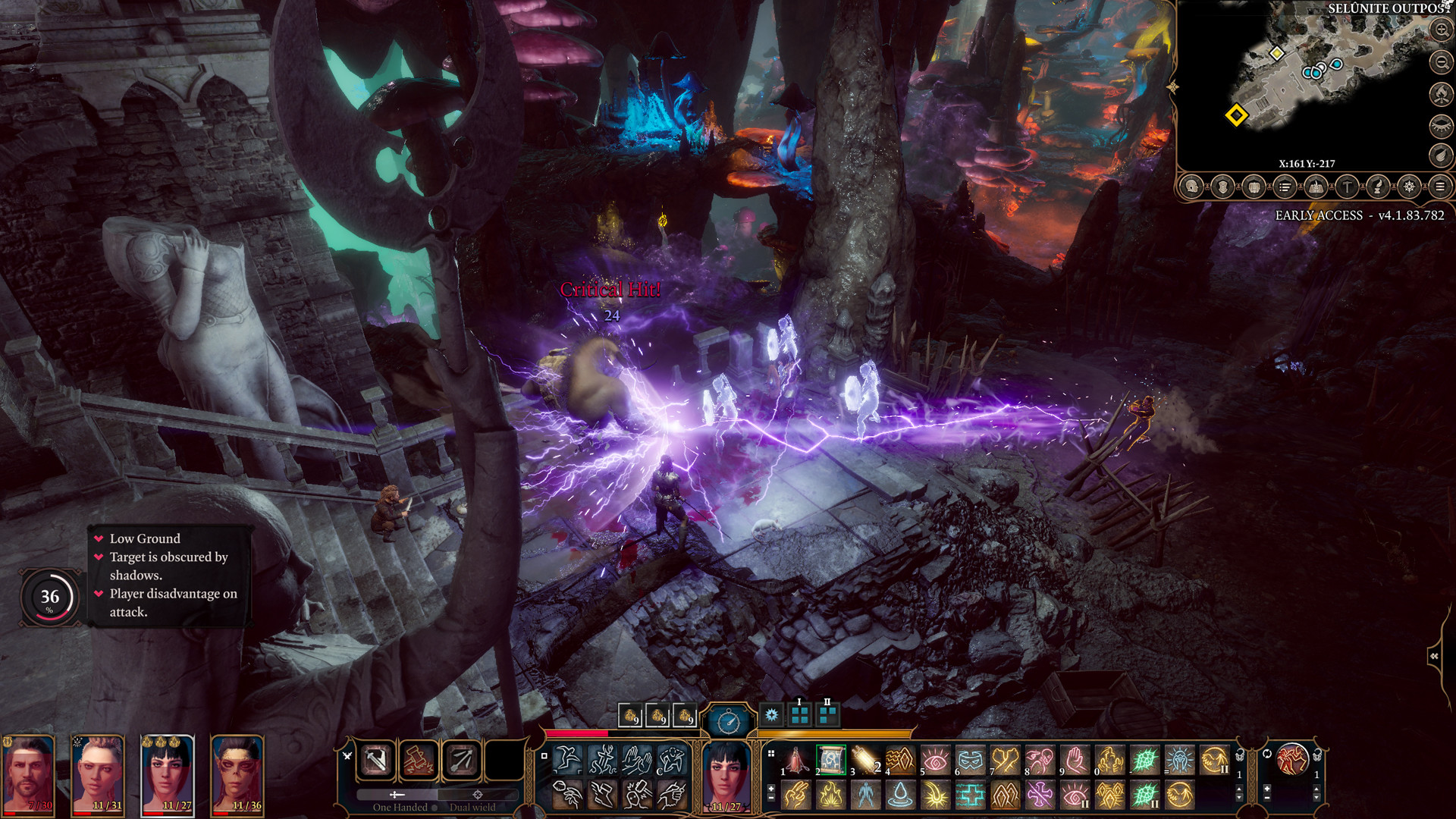
Character approval
In DOS2 I have never felt like the approval of my companion characters matters much unless we’re talking a romance. Sure, Sebille might disapprove of the route or actions I chose but in the end I was in no real danger of getting stabbed in the back or having my companion walk out on me. Unless we’re talking about Divinity, of course.
The relationship with your party members in BGIII is very different and much less linear. Your companions actively watch what your protagonist is doing, and they have opinions. Many opinions.
Even the characters not actively in your party will have their approval rating change depending on the options you choose in dialogues or actions you commit. Low approval rating might also lead to much more drastic consequences than what happens in DOS2. At the moment, it feels almost impossible to be in good relationship with every single character in your party, setting BGIII aside from various other cRPGs that allowed you to please companions in a variety of ways. The game seems to offer multiple ways to piss them off, however!
Remember, Lae’zel disapproves.
Cinematics & Cutsenes
Where Baldur’s Gate III has really stepped up its game is the cinematic part of the title. In DOS2, when characters talk to each other or some event is happening, you are very likely to be watching it unfold from bird’s eye point of view with the amazing narrator spelling it out to you. Including the romantic scenes.
BGIII takes a more Dragon Age: Inquisition/Witcher 3/AC: Odyssey approach with animated cutscenes to show what is happening between the characters and the world.
That includes animated sex scenes, of course. Delve into the evil route in EA to see what I’m talking about!


